Home>diy>Architecture & Design>Does Design Affect What House You’ll Buy
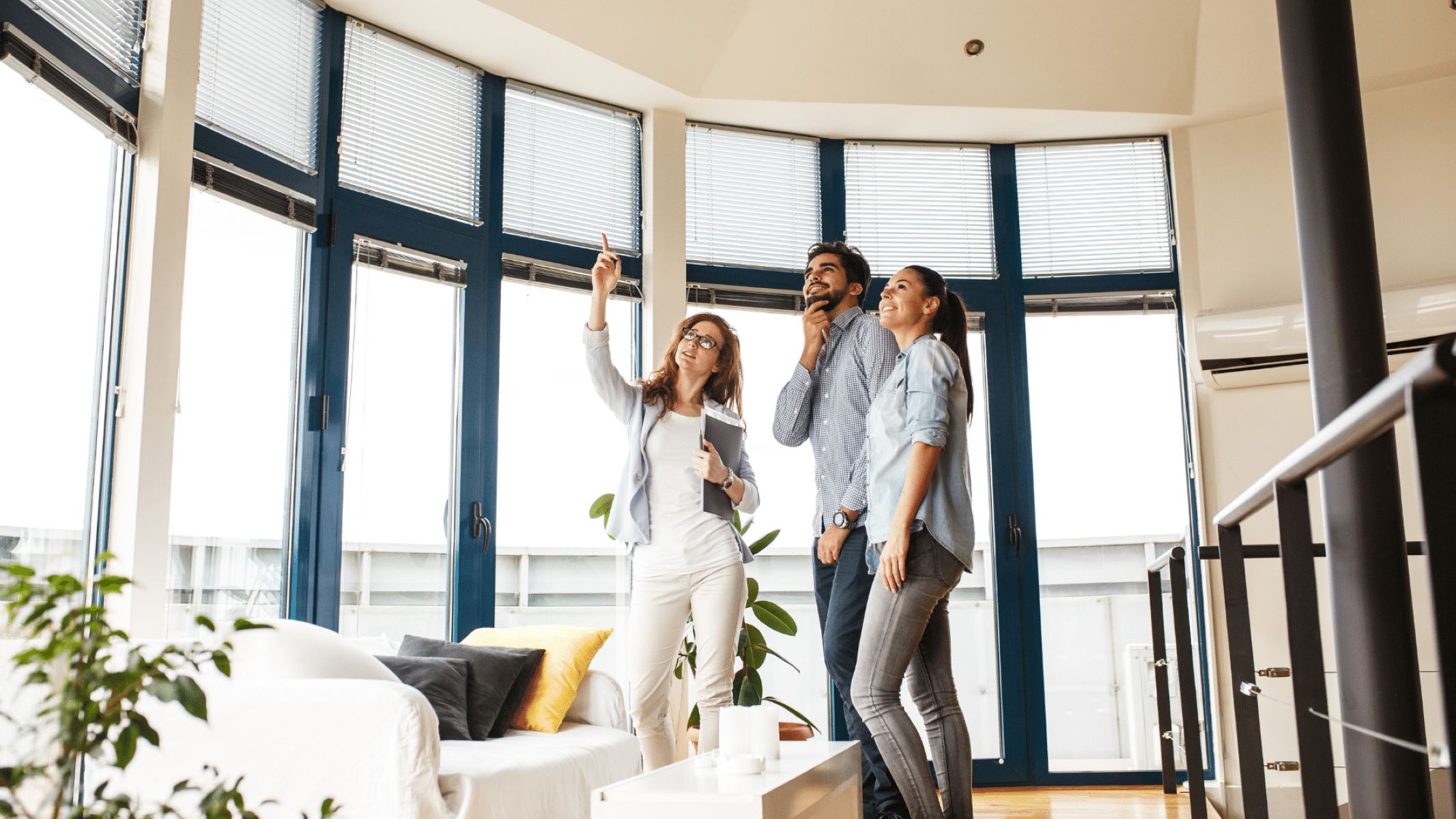

Architecture & Design
Does Design Affect What House You’ll Buy
Modified: February 28, 2024
Discover how architecture and design play a crucial role in your decision-making process when buying a house. Explore the impact design has on your preferences and find your dream home today!
(Many of the links in this article redirect to a specific reviewed product. Your purchase of these products through affiliate links helps to generate commission for Storables.com, at no extra cost. Learn more)
Introduction
When it comes to purchasing a new house, there are several factors to consider. Location, budget, size, and amenities are some of the key aspects that potential homebuyers take into account. However, one crucial factor that should not be overlooked is the design of the house.
The design of a house plays a significant role in attracting potential buyers and influencing their buying decisions. It encompasses both the architectural structure of the building and the interior design elements. From the layout to the color scheme to the overall aesthetics, every aspect of the design has an impact on the perception and desirability of a house.
In this article, we will explore how design affects the choices that homebuyers make. We will examine the various factors to consider in home design, such as architecture, interior design, and curb appeal. Additionally, we will delve into the psychology behind design and how it influences buying decisions. Finally, we will discuss the role of design trends and their impact on the real estate market.
By understanding the importance of design in the home buying process, both buyers and sellers can make informed decisions and create spaces that are not just visually appealing but also meet the needs and preferences of potential homeowners.
Key Takeaways:
- Design is a crucial factor in the real estate market, influencing buyers’ perceptions, emotional connections, and the overall desirability of a property. Understanding the psychology of design can create spaces that resonate with potential buyers on a deeper level.
- Incorporating current design trends is essential for attracting modern buyers, increasing perceived value, and differentiating a property in a competitive market. Design trends reflect evolving lifestyles and aspirations, shaping buyers’ preferences and expectations.
The Importance of Design in the Real Estate Market
In the competitive real estate market, design plays a critical role in attracting potential buyers and getting a property sold quickly. A well-designed home stands out from the rest and creates a lasting impression on buyers. Here are some reasons why design is crucial in the real estate market:
- First Impressions Matter: The design of a house is the first thing that potential buyers notice when they visit. The exterior appearance, landscaping, and overall curb appeal create an immediate impression. A well-maintained and aesthetically pleasing exterior can instantly pique the interest of buyers.
- Enhanced Functionality: A well-designed home optimizes functionality and maximizes the use of space. Thoughtful floor plans, efficient layouts, and smart storage solutions contribute to the overall appeal of the property. Buyers are more likely to be interested in a house that offers practicality and meets their needs.
- Emotional Connection: Good design has the power to evoke emotions and create a sense of connection. When buyers can envision themselves living in a space, it increases their emotional attachment to the property. It’s not just about aesthetics; it’s about creating a warm and welcoming atmosphere that resonates with potential homeowners.
- Higher Perceived Value: A well-designed house is often perceived as having a higher value. Buyers are willing to pay a premium for a home that exudes quality, attention to detail, and modern design elements. Aesthetically pleasing homes are often seen as an investment, as they tend to retain their value over time.
- Differentiation in the Market: With a vast array of options available to buyers, it is essential for sellers to make their properties stand out from the competition. Thoughtful design choices, unique architectural features, and stylish interiors set a property apart and make it more memorable.
Ultimately, design has a significant impact on the perceived value, desirability, and marketability of a property. Whether it’s a new construction or a renovation, investing in good design can yield higher returns and attract more potential buyers.
Factors to Consider in Home Design
When it comes to home design, there are several factors to consider to create a space that is functional, aesthetically pleasing, and meets the needs and preferences of potential homeowners. Here are some key factors to keep in mind:
- Layout and Flow: The layout of a house is crucial in determining the overall functionality and efficiency of the space. A well-designed layout takes into account the natural flow of movement and creates separate zones for different activities such as living, dining, and sleeping. It should also consider factors like privacy and accessibility.
- Space Utilization: Efficient space utilization is essential, especially in smaller homes or urban environments where space is a premium. Clever design solutions such as storage under stairs, multipurpose furniture, and built-in shelves can maximize the use of available space and add functionality.
- Natural Light and Ventilation: Natural light and proper ventilation have a significant impact on the ambiance and energy efficiency of a home. Design should consider the orientation of windows and the strategic placement of openings to enhance natural light and airflow. This not only improves the overall atmosphere but also reduces the need for artificial lighting and excessive use of HVAC systems.
- Materials and Finishes: The choice of materials and finishes in home design affects both the aesthetics and durability of the space. High-quality materials not only add visual appeal but also contribute to the longevity and value of the property. It is important to select materials that are not only visually appealing but also appropriate for the function and purpose of the space.
- Color Scheme: The color scheme sets the tone for a home and can create different moods and atmospheres. Whether it’s a neutral palette or bold accent colors, the choice of colors should complement the overall design and evoke the desired emotions. It is crucial to strike a balance and create a cohesive and harmonious color scheme throughout the space.
- Sustainability and Energy Efficiency: In today’s environmentally conscious world, sustainable design and energy efficiency are key considerations. Incorporating eco-friendly materials, energy-efficient appliances, and implementing strategies such as proper insulation and solar panels can improve the energy performance of a home and contribute to a greener and more sustainable living environment.
These factors, among others, should be carefully considered in the design of a home to create a space that is functional, visually appealing, and meets the needs and expectations of potential homeowners. By focusing on these key elements, designers and homeowners can create spaces that are not only beautiful but also practical and sustainable.
How Design Influences Buying Decisions
Design plays a powerful role in influencing the buying decisions of potential homeowners. It has the ability to create an emotional connection, evoke desire, and impact the perception of value. Here are some ways in which design influences buying decisions:
- First Impressions: The design of a home creates the crucial first impression on potential buyers. When they walk into a well-designed space, it captivates their attention and immediately sparks their interest. A visually appealing and well-maintained property leaves a lasting impression and primes buyers to view the rest of the house with a positive mindset.
- Visual Appeal: Aesthetics play a significant role in capturing buyers’ attention and generating interest. When a home is beautifully designed, with harmonious colors, stylish finishes, and eye-catching architectural details, it creates a sense of desirability. Buyers are more likely to be attracted to a property that looks inviting and visually pleasing.
- Functionality and Comfort: Good design is not just about looks; it also prioritizes functionality and comfort. A well-designed home provides practical solutions to everyday living, with well-thought-out layouts, ample storage, and efficient use of space. Buyers appreciate homes that are designed to enhance their lifestyle and offer convenience and comfort.
- Emotional Connection: Design has the power to evoke emotions and create a sense of connection. When buyers can visualize themselves living in a space and imagine the memories they could create, it increases their emotional attachment to the property. A well-designed home has the ability to make buyers feel a sense of belonging and instantly connect with the space.
- Perceived Value: The design of a home can influence its perceived value in the eyes of potential buyers. A visually appealing and well-designed property is often considered more valuable, even if the actual construction and materials are similar to other homes. Buyers are willing to pay a premium for homes that are thoughtfully designed and offer a high aesthetic appeal.
- Differentiation in the Market: In a competitive real estate market, design can differentiate a property from others. When buyers have numerous options to choose from, a well-designed home stands out and grabs their attention. It creates a sense of uniqueness and sets the property apart from the competition, making it more likely to be chosen by buyers.
By understanding how design influences buying decisions, sellers and designers can strategically create spaces that are visually appealing, functional, and emotionally engaging. By optimizing these factors, they can increase the desirability and marketability of a property, leading to quicker sales and higher returns on investment.
The Role of Architecture in Home Selection
When it comes to selecting a home, architecture plays a crucial role in capturing the attention and interest of potential buyers. The architectural style of a house creates a distinct visual identity and can greatly influence the buyer’s perception of the property. Here are some key factors that highlight the role of architecture in home selection:
- Visual Appeal: The architectural style of a home is the first thing that catches the eye. Whether it’s traditional, modern, minimalist, or a combination of different styles, the architectural design sets the tone and creates an immediate visual impact. Buyers often have a preferred architectural style, and finding a property that aligns with their aesthetic preferences is essential.
- Historical and Cultural Significance: Certain architectural styles carry historical and cultural significance and hold a special appeal for buyers. For example, Victorian or Tudor style homes evoke a sense of nostalgia and charm, while Mediterranean or Spanish-style homes radiate a warm and welcoming ambiance. Buyers who value architectural heritage are often drawn to properties with unique architectural attributes.
- Functionality and Layout: Architecture influences the layout and functionality of a home. Different architectural styles prioritize different aspects of design, such as open floor plans, high ceilings, or multiple levels. The layout should align with the buyer’s lifestyle and preferences, providing the necessary space and functionality for their specific needs.
- Integration with Surroundings: The architectural design should complement the surroundings and blend harmoniously with the environment. Whether it’s a modern structure in an urban setting or a farmhouse style home in a rural area, the architecture should be in harmony with the neighborhood and landscape. Buyers often seek homes that blend seamlessly with the surrounding environment.
- Long-Term Value and Resale Potential: Architecture also plays a role in determining the long-term value and resale potential of a property. Certain architectural styles, such as mid-century modern or craftsman, have enduring popularity and can attract a larger pool of potential buyers. Investing in a well-designed architectural structure can contribute to the appreciation of the property’s value over time.
- Personal Expression and Style: Architecture allows homeowners to express their personal style and taste. Some buyers may be drawn to unique and contemporary designs, while others prefer the timeless elegance of classical architecture. The architectural style of a home becomes a reflection of the owner’s personality and can create a sense of pride and ownership.
Overall, the architecture of a home has a significant impact on the selection process. It not only influences visual appeal but also functionality, long-term value, and personal expression. Buyers should consider their preferences, lifestyle, and the architectural style that resonates with them to find a home that truly reflects their unique vision.
Consider the layout, functionality, and aesthetic appeal of a house’s design. A well-designed home can increase its value and appeal to potential buyers in the future.
Interior Design and its Impact on Homebuyers
Interior design plays a vital role in the homebuying process, as it has a profound impact on the overall appeal and desirability of a property. The interior design of a home creates a welcoming and functional space that potential buyers can envision themselves living in. Here are some ways in which interior design influences homebuyers:
- Creating a Welcoming Atmosphere: A well-designed interior creates a warm and inviting atmosphere that instantly makes potential buyers feel at home. The choice of colors, lighting, and furniture arrangement can contribute to a cozy and welcoming ambiance. Buyers are more likely to be attracted to spaces that make them feel comfortable and at ease.
- Showcasing Functionality: Interior design showcases the functionality and potential of the space. Well-planned layouts, smart storage solutions, and efficient use of space inspire buyers and help them visualize how they would utilize the different areas. A well-designed interior allows buyers to see the possibilities and imagine themselves living in the space.
- Highlighting Key Features: Interior design helps to highlight the unique features and architectural elements of a home. It draws attention to focal points such as fireplaces, large windows, or architectural details. By emphasizing these distinctive features, interior design enhances the overall appeal and adds value to the property.
- Creating a Cohesive Aesthetic: A cohesive interior design creates a sense of harmony throughout the home. The choice of colors, materials, and decorative elements should flow seamlessly from room to room, creating a unified aesthetic. Buyers appreciate homes that have a consistent design scheme, as it adds a sense of elegance and sophistication.
- Showcasing Lifestyle and Personalization: Interior design allows homeowners to showcase their lifestyle and infuse their personal style into the space. Whether it’s a contemporary design with sleek lines and modern furnishings or a rustic design with cozy textures and natural materials, the interior reflects the owner’s taste and preferences. Buyers often look for homes that align with their own lifestyle and personal aesthetic.
- Increasing Perceived Value: A well-designed interior adds perceived value to a property. Buyers are willing to pay a premium for a home that has stylish finishes, quality materials, and attention to detail. The interior design gives buyers a sense of the level of care and investment that has been put into the home.
Overall, interior design plays a crucial role in capturing the attention and interest of potential buyers. It creates a welcoming atmosphere, showcases functionality, highlights key features, and adds a personal touch. By investing in a well-designed interior, sellers can significantly enhance the desirability and marketability of their property.
The Effect of Curb Appeal on Home Purchase
First impressions matter, and nothing creates a stronger initial impact than a home’s curb appeal. Curb appeal refers to the exterior appearance of a property, including its landscaping, exterior design, and overall visual appeal. It plays a significant role in influencing potential buyers’ decision-making process. Here are some ways in which curb appeal affects home purchase:
- Attracting Potential Buyers: A well-maintained and visually appealing exterior instantly grabs the attention of potential buyers. When a property stands out from its neighbors, either through beautiful landscaping, a well-designed facade, or meticulous maintenance, it intrigues buyers and motivates them to explore further.
- Creating a Positive First Impression: Curb appeal sets the tone for the entire home-buying experience. The first sight of a well-designed and well-kept exterior creates a positive and lasting impression on buyers. It builds anticipation and a belief that the interior of the home will be just as appealing.
- Increasing Perceived Value: Curb appeal contributes to the perceived value of a property. When buyers see a home with excellent curb appeal, they automatically assume that it is well-cared for and has a higher value. They are more willing to pay a premium for a property that has an attractive exterior.
- Creating Emotional Connection: A visually appealing exterior can evoke positive emotions and create a sense of attachment in potential buyers. It enables them to envision themselves living in the home and fosters a desire to make it their own. When there is a strong emotional connection, buyers are more likely to pursue the purchase.
- Influencing Buyer’s Perception of the Neighborhood: Curb appeal not only impacts buyers’ perception of the property but also influences their perception of the neighborhood. A well-maintained and attractive exterior can give the impression of a well-kept neighborhood, with pride of ownership displayed by the residents. This can enhance the appeal of the location and further attract potential buyers.
- Setting the Home Apart from the Competition: In a competitive real estate market, curb appeal can be a differentiating factor. A home with exceptional exterior design and landscaping stands out among other properties in the area. It becomes a memorable option for potential buyers and increases the likelihood of it being selected over other competing homes.
When it comes to home purchase, curb appeal significantly influences the decision-making process. It attracts potential buyers, creates a positive first impression, increases perceived value, fosters emotional connection, and sets a home apart from the competition. Sellers who invest in improving their curb appeal significantly enhance their chances of a successful sale and a higher selling price.
The Psychology of Design and Home Buying
Design has a profound influence on human psychology, and this holds true when it comes to the process of buying a home. Understanding the psychology of design can help sellers and designers create spaces that resonate with potential buyers on a deeper level. Here are some key aspects of the psychology of design and its impact on home buying:
- Emotional Connection: Design has the power to evoke emotions and create a sense of connection. When potential buyers walk into a home that aligns with their preferences, it triggers positive emotions such as comfort, happiness, and excitement. These emotional connections increase the likelihood of buyers developing a strong desire to own the property.
- Identity and Self-Expression: Homebuyers seek spaces that reflect their identity and allow for self-expression. Different design styles appeal to different individuals, with some gravitating towards minimalist aesthetics for a sense of simplicity and calmness, while others prefer eclectic designs to showcase their creativity. Understanding buyers’ preferences and aligning the design of a home to their desired style can create a strong connection and influence their decision to purchase.
- Perception of Value: The design of a home can influence the perceived value in the eyes of potential buyers. A well-designed space with high-quality materials and attention to detail is often perceived as having a higher value. By designing a home that feels luxurious and visually appealing, sellers can increase the perceived value and justify a higher asking price.
- Stress Reduction and Well-being: Thoughtful design can create a home environment that promotes stress reduction and well-being. Buyers are drawn to spaces that feel calm, organized, and functional. Natural light, open spaces, and elements of nature in the design contribute to a sense of tranquility, which can greatly influence the decision to purchase a home.
- Social Validation: Humans are influenced by social cues and the opinions of others. The design of a home can provide social validation and contribute to buyers’ perception of the property. For example, incorporating trendy design elements or using materials that are considered high-end can create a sense of prestige and desirability.
- Design as a Decision-Making Factor: Design has the potential to become a prominent decision-making factor in the home-buying process. Buyers often have multiple options to choose from, and a well-designed home can stand out and differentiate itself from the competition. A home that showcases thoughtful design and offers a unique visual experience can sway buyers in its favor.
By understanding the psychology of design, sellers and designers can tap into the emotional and psychological factors that influence buyers’ decisions. Creating spaces that evoke positive emotions, reflect buyers’ identities, promote well-being, and increase perceived value can greatly enhance the appeal and marketability of a property.
Design Trends and their Influence on the Real Estate Market
Design trends have a significant impact on the real estate market as they shape buyers’ preferences and expectations. Following current design trends can make a property more appealing to potential buyers and increase its market value. Here are some ways in which design trends influence the real estate market:
- Attracting a Modern Buyer: Design trends reflect the evolving tastes and lifestyles of buyers. Staying current with design trends allows sellers to attract a broader range of buyers, particularly those looking for a modern and up-to-date home. Features such as open floor plans, smart home technology, and energy-efficient appliances are sought-after by many buyers, especially millennials and young professionals.
- Increasing Perceived Value: Incorporating popular design trends in a property can significantly increase its perceived value. Buyers are willing to pay a premium for homes that feature the latest trends and design elements. From high-end finishes to innovative design concepts, these trends can enhance the overall appeal and justify a higher asking price.
- Differentiation in the Market: Following design trends can help a property stand out in a competitive market. In areas with similar housing options, incorporating unique and on-trend design elements can make a property more memorable and distinctive. This differentiation attracts more attention from potential buyers and increases the likelihood of a sale.
- Emphasizing Sustainability and Energy Efficiency: Design trends often emphasize sustainability and energy efficiency, and buyers are increasingly conscious of these factors. Features such as solar panels, natural materials, and efficient insulation not only align with environmental concerns but also attract buyers who prioritize energy efficiency. Incorporating these trends can make a property more appealing to a wider range of eco-conscious buyers.
- Creating a Fresh and Updated Look: Following design trends helps to keep a property looking fresh and updated. Buyers are often drawn to homes that require minimal renovation or remodeling. By incorporating current design trends, sellers can present a move-in ready home that is visually appealing and meets the expectations of buyers looking for a contemporary aesthetic.
- Reflecting Lifestyle and Aspirations: Design trends often reflect the evolving lifestyles and aspirations of buyers. Trends such as open concept living, outdoor living spaces, and home offices reflect the desire for flexibility, connectivity, and work-life balance. By incorporating these trends, sellers can show potential buyers how the property aligns with their desired lifestyle and aspirations.
Following design trends is not just about keeping up with the latest fads. It is about understanding buyer preferences and creating spaces that cater to their needs and desires. By incorporating current design trends, sellers can make a property more visually appealing, increase its marketability, and attract a larger pool of potential buyers.
Read more: What Is Porch In House
Conclusion
Design plays a crucial role in the real estate market, influencing buying decisions and shaping the overall perception of a property. Whether it’s the architecture, interior design, curb appeal, or following design trends, each aspect contributes to the appeal and marketability of a home.
The importance of design in the homebuying process cannot be overstated. A well-designed home creates a lasting impression, attracts potential buyers, and increases perceived value. Design elements such as layout, functionality, color schemes, and materials all contribute to the overall desirability of a property.
Understanding the psychology behind design allows sellers and designers to create spaces that resonate with potential buyers on an emotional level. Design can evoke feelings, create a sense of connection, and reflect the lifestyle and aspirations of buyers. By aligning the design with the preferences and needs of the target audience, sellers can generate increased interest and foster a deeper desire to own the property.
Incorporating design trends is also essential in capturing buyers’ attention and staying competitive in the real estate market. Following current design trends attracts modern buyers, increases perceived value, and differentiates a property from others in the market. It signals that the property is up-to-date and reflects current preferences and lifestyles.
In conclusion, design plays a vital role in the real estate market, influencing buyers’ decisions, enhancing the appeal of a property, and increasing its market value. Whether it’s creating a welcoming atmosphere, showcasing functionality, maximizing curb appeal, considering architecture and interior design, or staying current with design trends, each aspect contributes to creating a space that potential buyers can envision as their future home.
By understanding and leveraging the power of design, sellers and designers can optimize the marketability of a property, increase buyer interest, and ultimately achieve a successful sale.
Frequently Asked Questions about Does Design Affect What House You'll Buy
Was this page helpful?
At Storables.com, we guarantee accurate and reliable information. Our content, validated by Expert Board Contributors, is crafted following stringent Editorial Policies. We're committed to providing you with well-researched, expert-backed insights for all your informational needs.


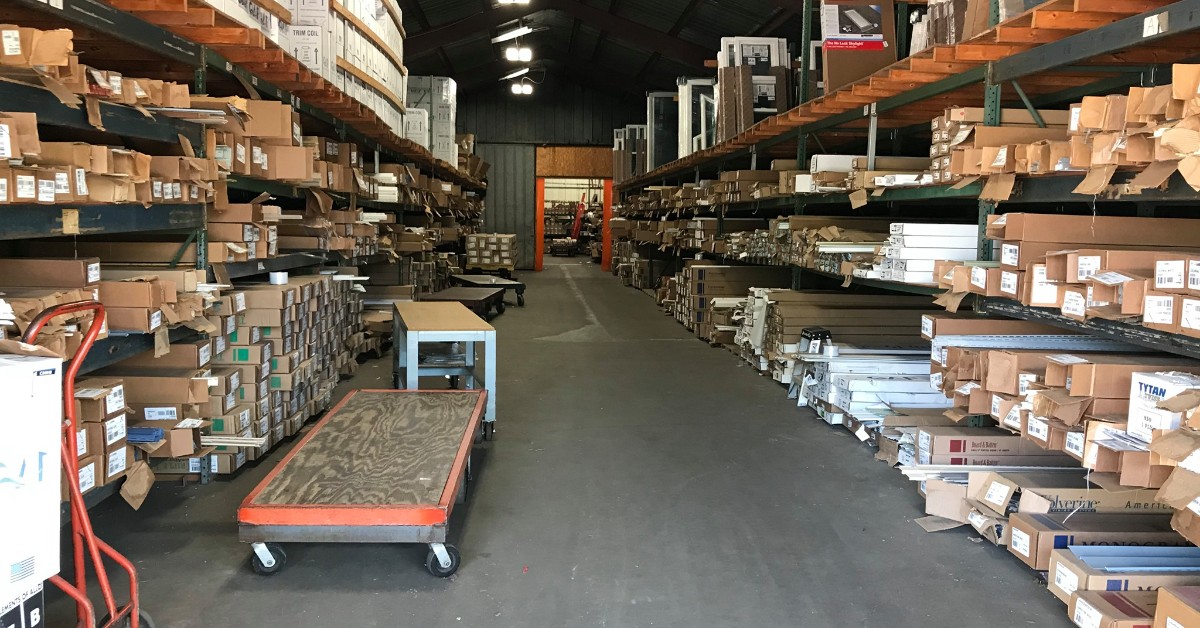
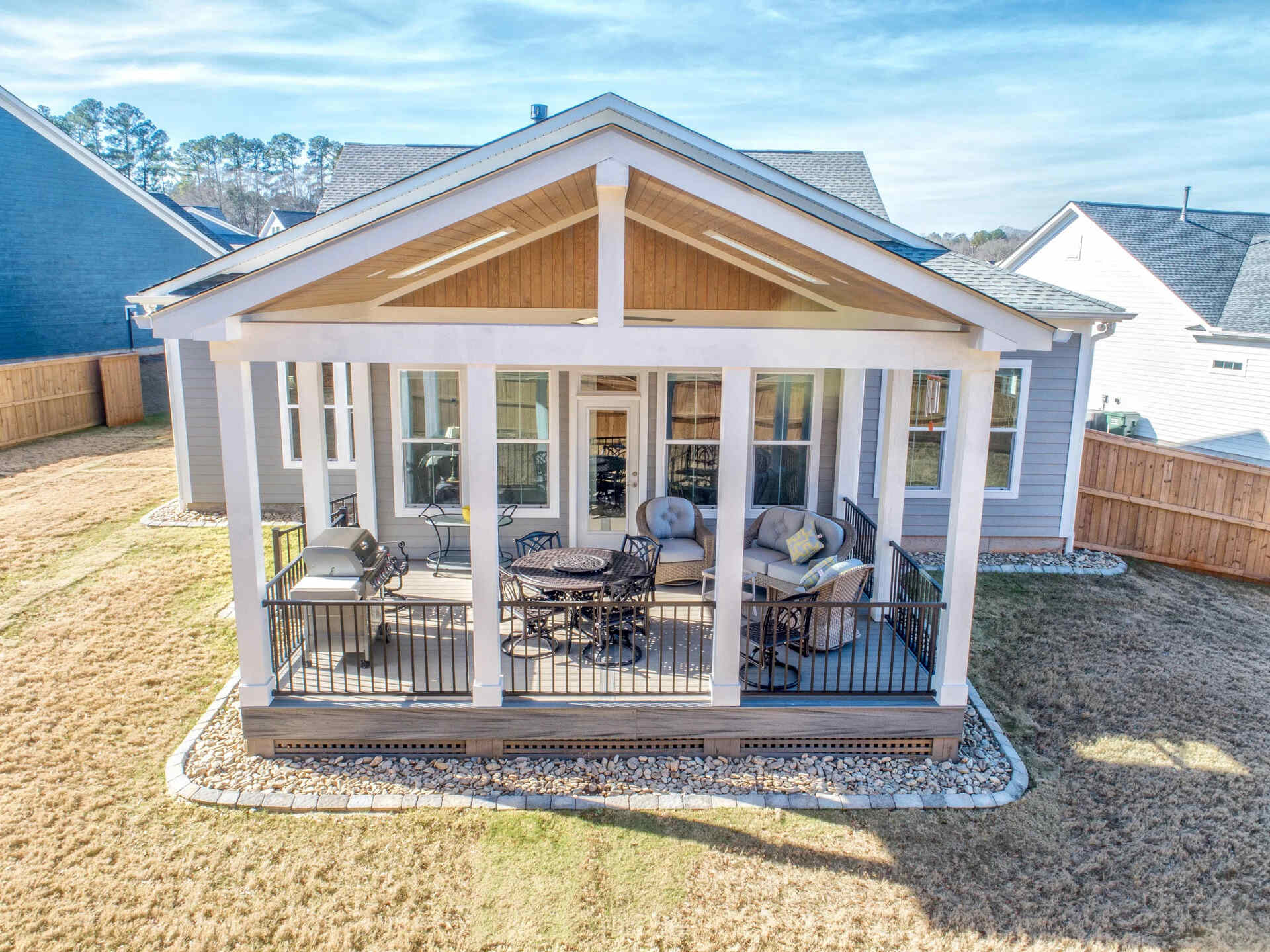
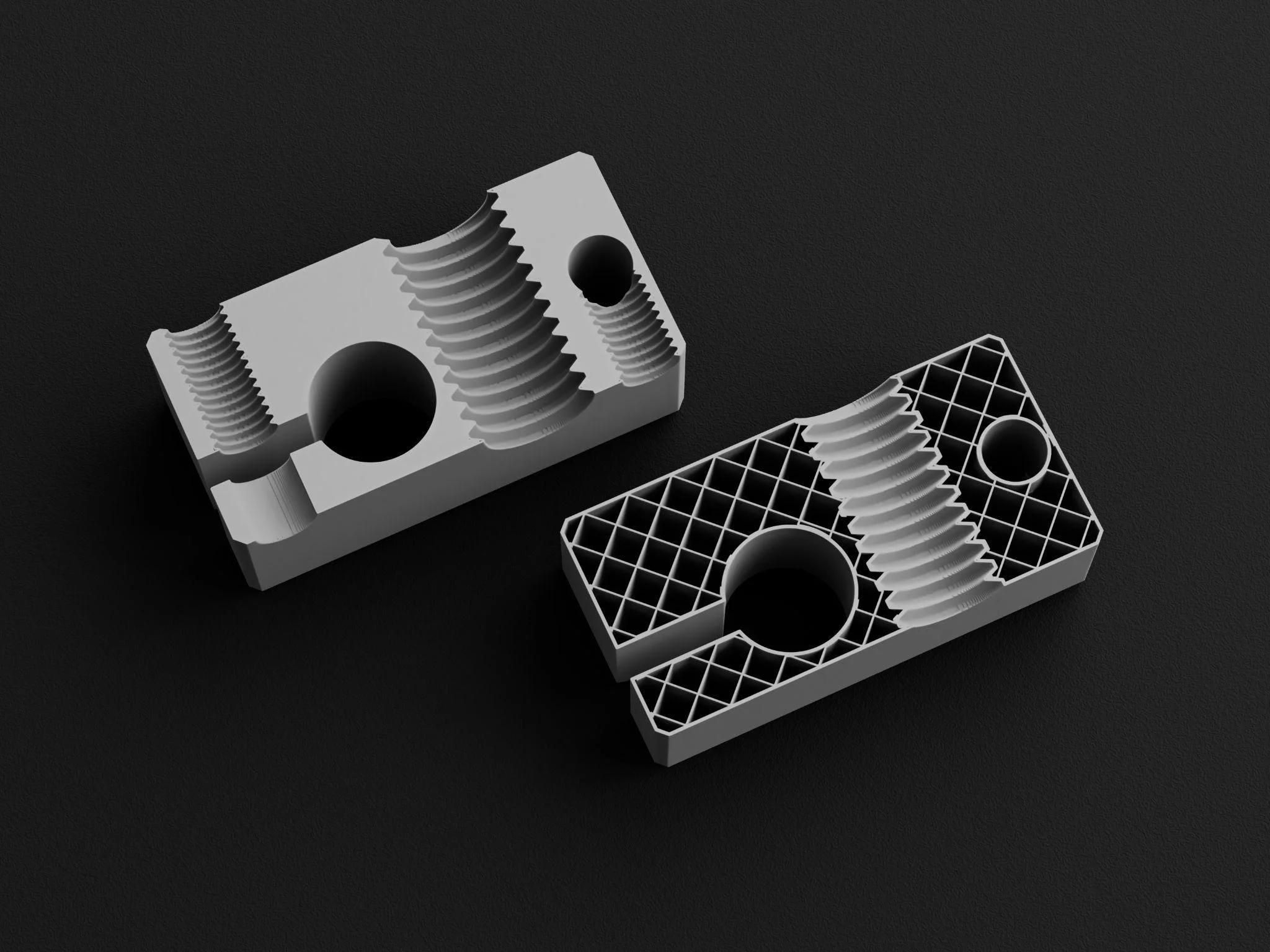
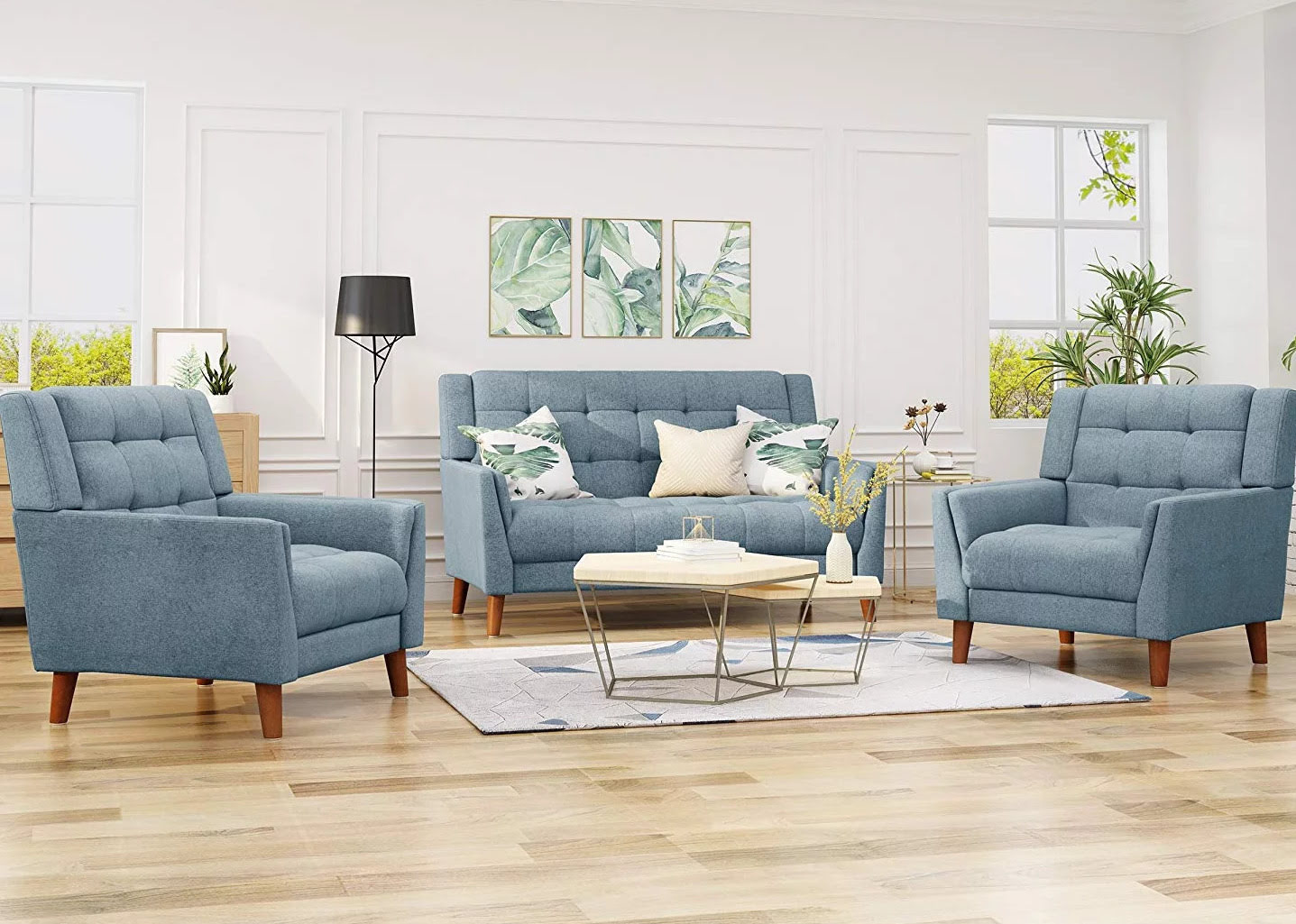
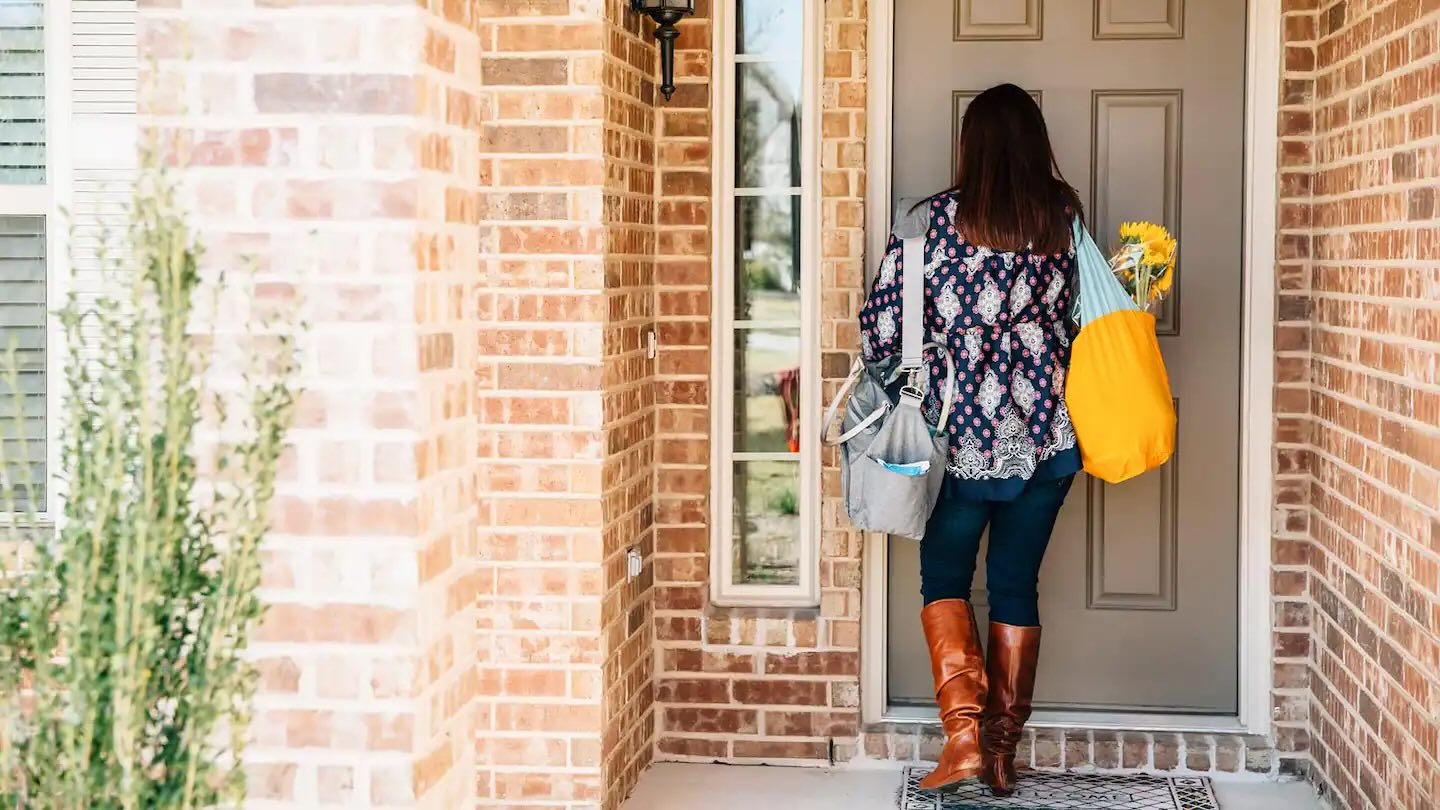

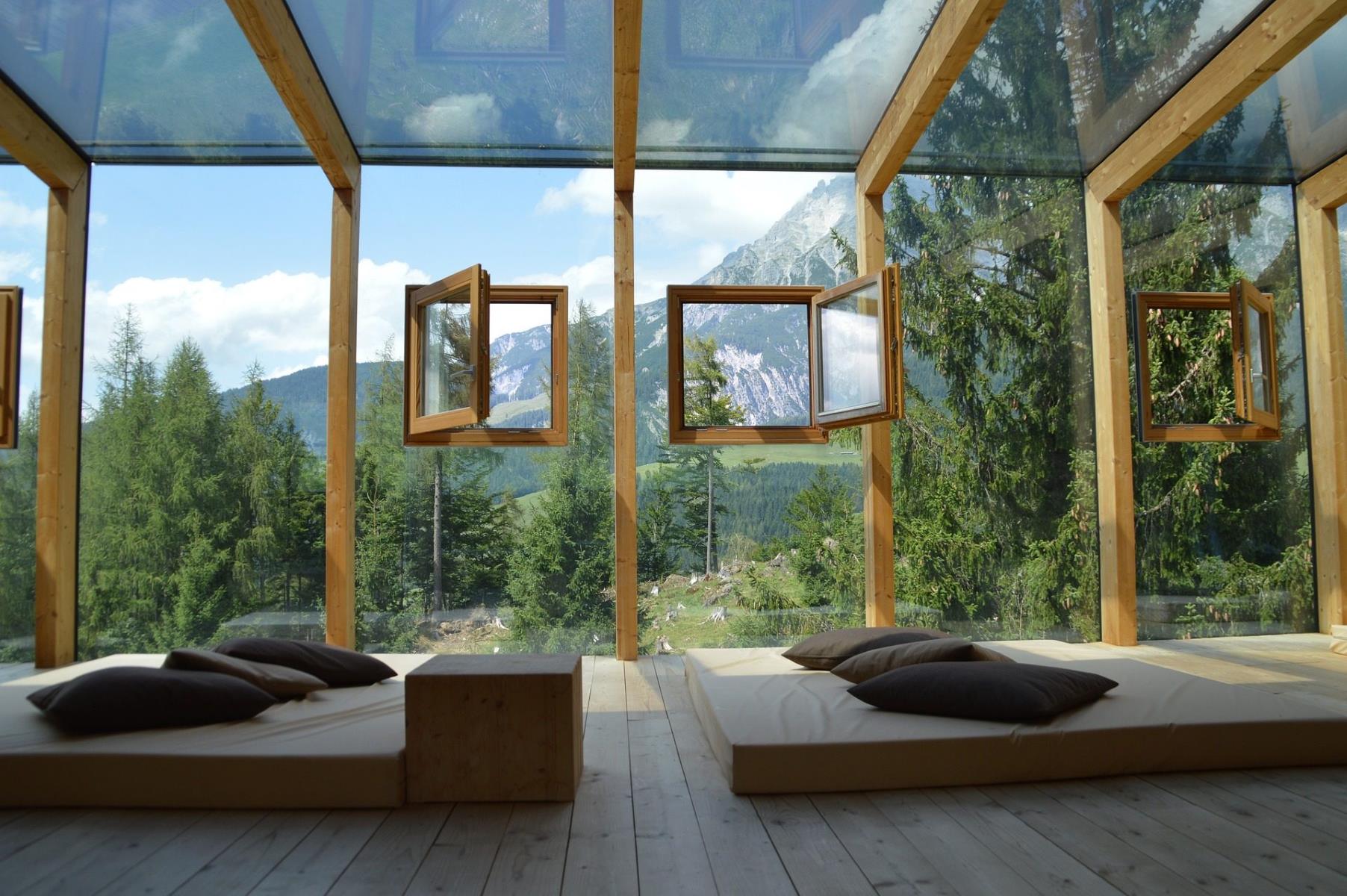
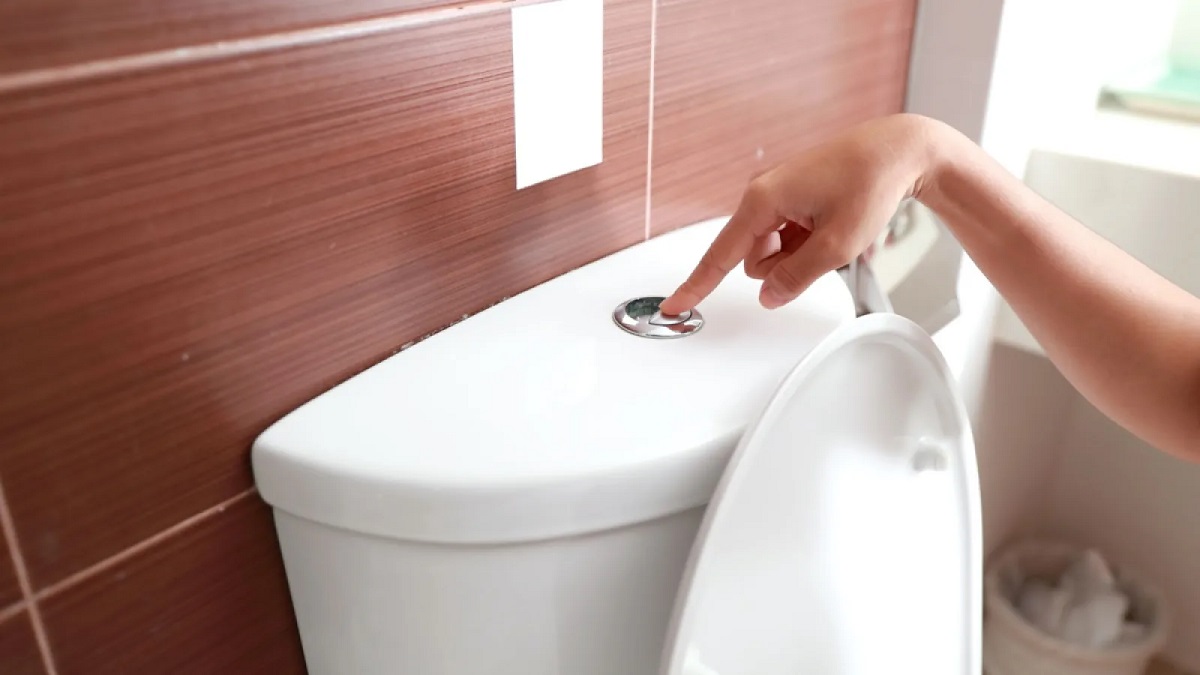

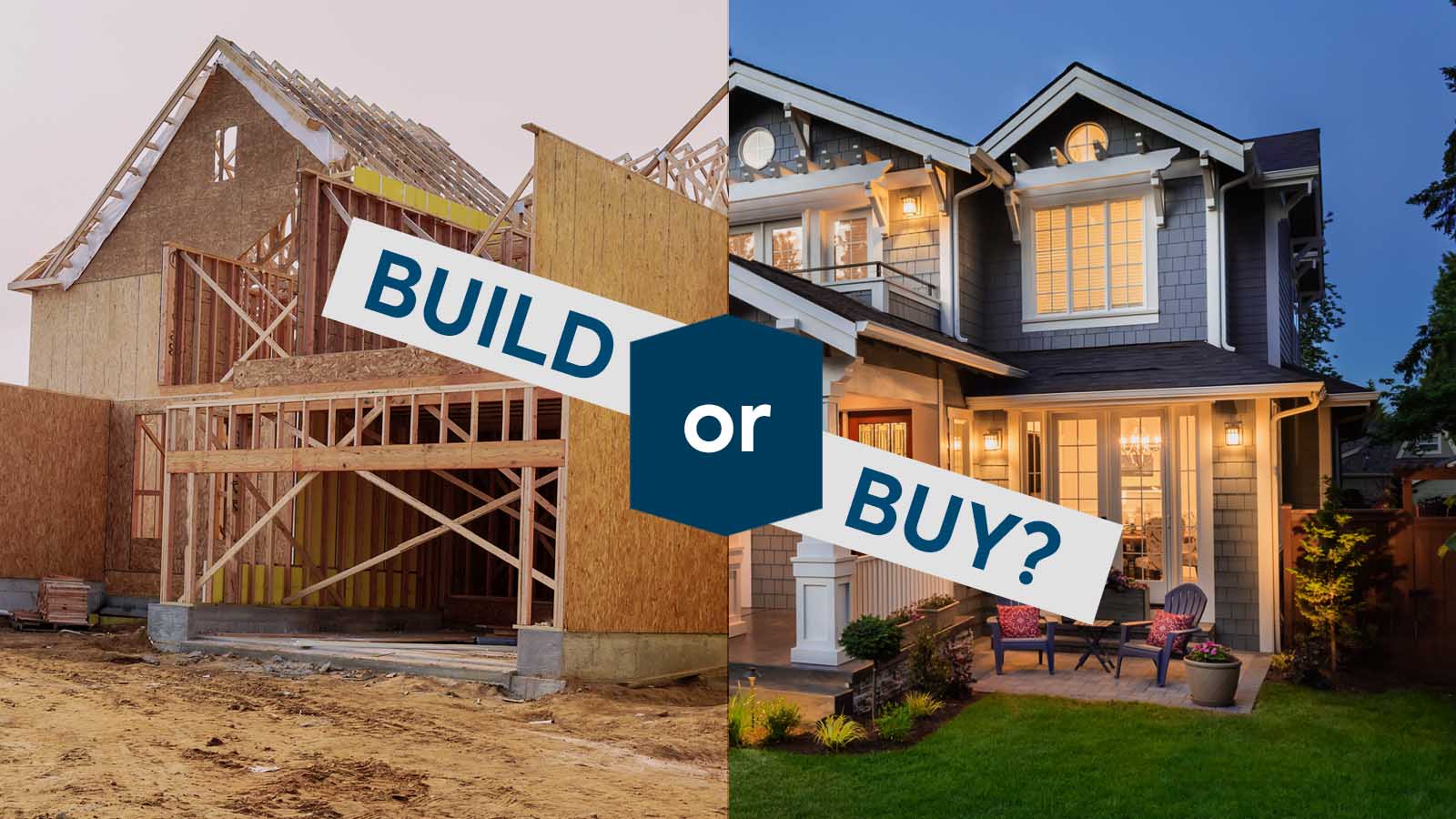


0 thoughts on “Does Design Affect What House You’ll Buy”